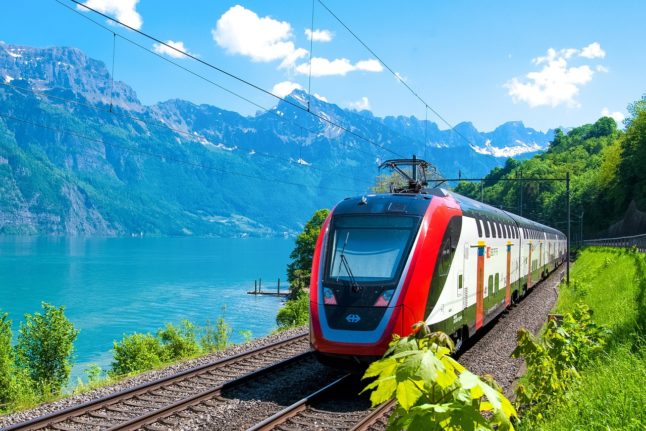Youngsters and long train rides don’t exactly go well together.
Very young children often become bored and cranky. Sitting and being quiet for hours is not in their nature, and telling them, ‘sweetie, look out the window at beautiful scenery’ will likely not work.
But Swiss Federal Railways (SBB) has found a solution to how to keep children entertained and parents (somewhat) sane.
All long-distance InterCity double-decker trains have a ‘family coach’ which looks like a small version of a playground, equipped with slides, climbing sets and other games.
Swiss trains have whole carriages for kids, with slides, games, climbing frames and special seating. 😎 pic.twitter.com/LQaXXAWlgU
— Gareth Harding 🇺🇦 (@garethharding) March 13, 2023
Trains with family coaches run mainly on the following InterCity routes:
· IC1: St. Gallen–Zurich HB–Bern–Geneva Airport
· IC8: Romanshorn–Zurich HB–Bern–Brig
· IC6: Basel SBB–Bern–Brig
· IC61: Basel SBB–Bern–Interlaken Ost
· IC3: Basel SBB–Zurich HB–Chur
“The play area is located on the upper deck of the coach and can be recognised from a distance thanks to its jungle and dragon-themed motifs,” according to SBB. “The lower floor has spaces for stowing pushchairs. The doors are at least 71 cm wide.”
To access the area, all you need is a regular train ticket; no extra charge is required to use the playroom.
If you are still unsure which trains provide this service, they are marked in the online timetable and the SBB Mobile app with ‘FA’.
READ ALSO: Five things you didn’t know about Switzerland’s rail network
What about older kids?
If your child is too old to be excited by a slide, you need more sophisticated entertainment.
The SBB has that as well: family zone.
“Some tables are covered with board games. We recommend you use coins as game pieces and visit one of the many dice apps for smartphones in the various app stores for the dice,” SBB says.
You can find these zones on InterCity trains marked with ‘FZ’ in the online timetable and the SBB Mobile app.
Psst! Be quiet!
Now, if you want some peace and quiet on your train journey, the obvious advice is to sit as far away as possible from FAs and FZs.
Fortunately, SBB trains have just the ticket: ‘quiet zones’ where no cell phones or loud conversations are allowed. InterCity trains with quiet zones are marked with RZ in the online timetable and in the SBB Mobile app.



 Please whitelist us to continue reading.
Please whitelist us to continue reading.
Member comments